
Currently with the world trying to recover from Covid-19, we all have undoubtedly at some point in the last two years turned to nature to help us in some way. It was may be a small thing like going for a walk, buying those beautiful flowers to make us feel better or being fortunate enough to get to the beach, forest, or the mountains. We all felt much better when we were at one with nature.
A growing body of research confirms nature has a remarkable effect on our emotional, mental, and physical well-being. The facts have been around for ages but maybe it took a pandemic for us all to just slow down, recognize and appreciate how much better we feel when connected to nature.

In recent years there has been much research carried out in bringing nature back into the built environment. The technical term for this design ethos is biophilic design, which comes from a theory proposed by the biologist E.O. Wilson, that our physiology is very much adapted to seeking a connection with nature and this way of living is something we have inherited from our ancestors. They learnt how to survive and thrive in nature, understanding the environment and what they needed from it at different times. Now, life has changed tremendously, our world is largely urbanized but it’s undisputed how much we benefit from our interactions with nature.
The research findings in commercial settings like education, healthcare, hospitality, and corporate workplaces connected to nature show tangible benefits which range from increased attendance at school by children, shorter patient recovery time in hospitals, customers spending more time in biophilic designed hotel lobbies which then equates to increased spending within the hotel to increased performance, well-being, creativity, and reduced absenteeism in the workplace. It is then more than prudent to believe there will also be some similar health and well-being benefits of these connections to nature in our home environments.
So how can we reap these benefits of Mother Nature in our homes, read on to find out.
In today’s global economy where products can be shipped from country to country within days, it’s hard to keep our homes rooted in the local region but there are benefits in using your geographic region for inspiration in your home. Be it by using local materials or adapting your home to the local climate and culture, following this philosophy will increase understanding and appreciation for your place and deepen your connection to where you live. This cultivates that feeling of belonging. So, look out for local plants that thrive in your region or materials that are easily accessible and incorporate them in your home. It will make you feel better.
Did you know we feel better when we use natural materials in our home? Humans have used trees to build homes since the start of civilization, therefore our connection to wood is sacred. From using wood for our floors, kitchen worktops, furniture and even on our walls, we love the warmth it creates in a room. Research has also uncovered that using wood on ceilings, walls and floors has been found to reduce blood pressure. The benefits are not just limited to the above, research into the effects of exposure to wood revealed confidence levels increased, stress levels reduced and there was greater optimism about the future.
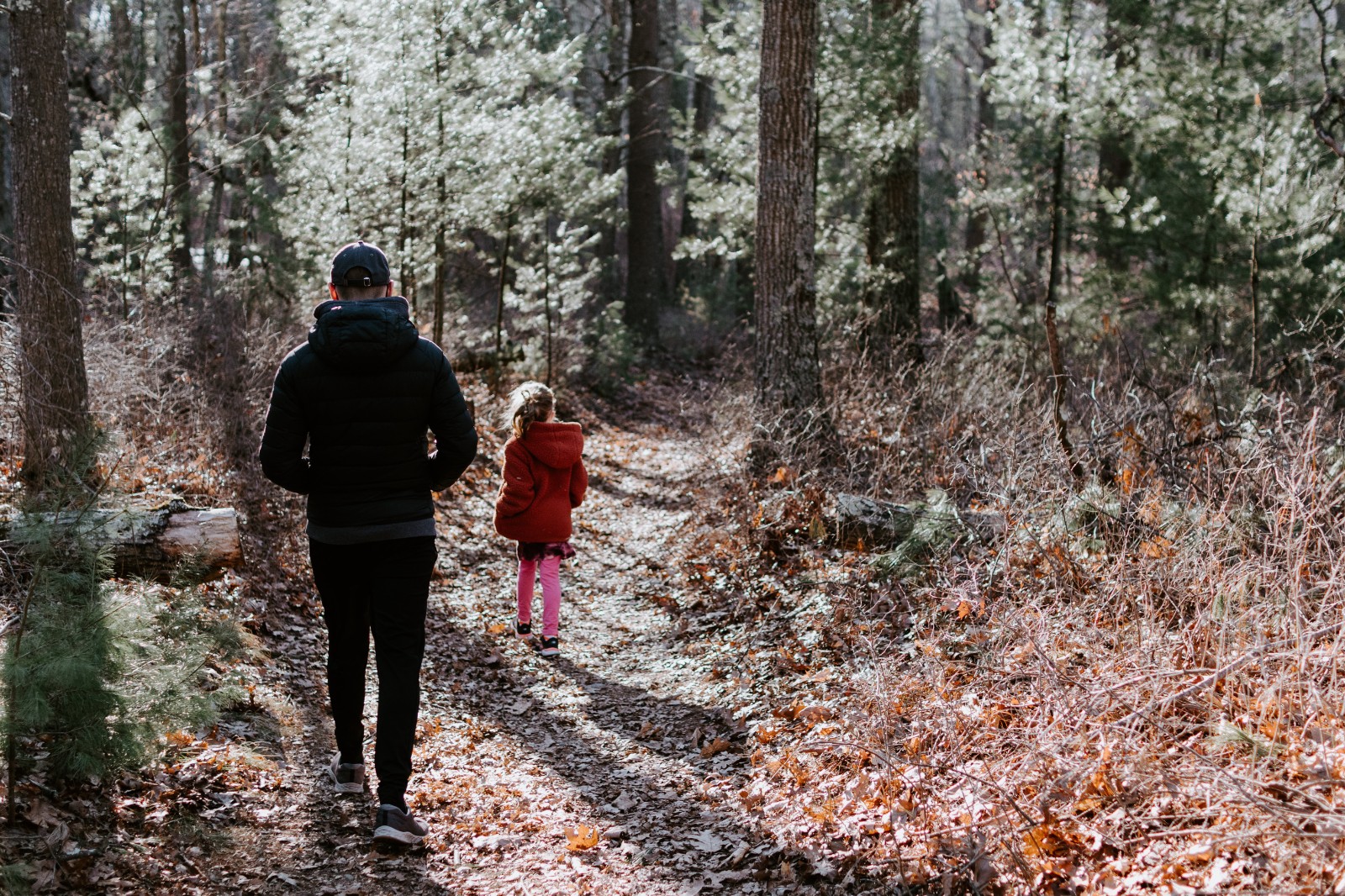
In nature all our senses are engaged, and this provides for an invigorating experience. We can try to emulate this in our homes too.
A variety of natural textures in your home such a wood described above and others such as rattan, clay, ceramic, cork, marble, and linen create sensory invitations specifically for touch, so you end up with a favorable tactile experience creating a sense of momentary awareness. For example, a rug in a bedroom with a wooden floor provides a textural contrast from a softer to harder feel on your feet which might be greatly appreciated first thing in the morning!
In nature, we encounter curved shapes and complex patterns which is in direct contrast to the straight lines we see daily in urban life. Humans are drawn to soft edged curves, patterns, and geometric shapes and this can be introduced in our homes in wallpaper, patterns on cushions, nature inspired artwork and our furniture as a way of connecting with nature visually. You may even have collected certain items when taking a walk or on holiday like shells or pinecones that would make a lovely display in your home. Seeing these in your home daily will remind you of your positive experiences with nature.
Having a nice aroma in your home is welcoming for guests but it is also a reassuring, familiar feeling for you as you come home every day. It’s preferable to use natural scenting in the home to keep the air as healthy as possible. The type of scent you use depends on how you want to feel in each room and at different times of the day. Citrus scents are known to energize and enliven and may be suitable in social spaces such as the living room and kitchen, lavender relaxes and calms the body and more suited to the bedroom, and rosemary is said to enhance your concentration levels and is a good scent to be used in study areas. However, ensure any scents you use are low in VOC’s (volatile organic compounds). A safer way to introduce scents into the home would be to grow scented plants inside like gardenia, jasmine, citrus plants, begonias, or narcissi. Or to gently simmer some spices with citrus fruits in a pan to create a warm aroma.
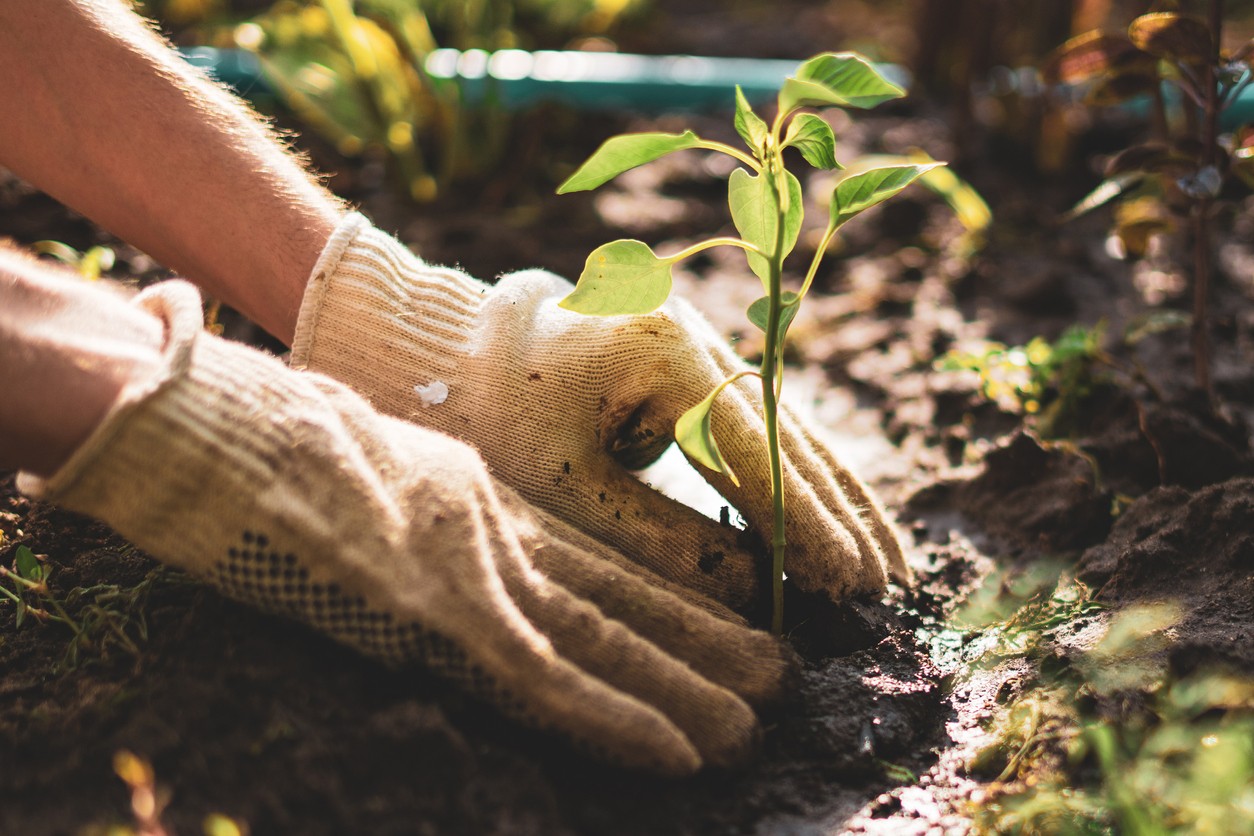
Building on what I said before about using local materials, the same can be said about buying seasonal local produce. In a world of 24-hour supermarkets and where the shelves are stocked with produce from every corner of the world every single day, it can be easy to forget about how and when things grow. Eating seasonally involves eating foods that are grown at the same time as you eat them, therefore foods are local. Seasonal produce comes such a short distance that it doesn’t spoil on the way to you. It’s harvested at the very best time, so taste is maximised. It is also much healthier. It comes as no surprise that food being locked in cargo holds and shipping containers for days to reach us does nothing for the nutritional content of the food. And finally eating seasonal produce is kinder to the planet. When food is imported it comes with a carbon footprint.
Something that doesn’t cost anything and is vital for our happiness and health. Light can affect our circadian rhythms which regulate our sleep cycles. A lack of exposure to light can throw off our sleep cycle and affect our behavior, concentration levels and appetite. We tend to binge eat or make unhealthy choices about food when we are sleep- deprived. Thankfully there are a few simple things you can do to keep your circadian rhythms healthy.
Firstly, increase your exposure to natural daylight by taking a photon shower, this is an intense burst of exposure to natural light in the morning either to exercise, walk or cycle to work.
Secondly, when designing your home, ensure you are allowing the maximum amount of light to filter through and there are no obstructions like foliage blocking the light or curtains that can’t be fully drawn back.
Lastly keep your windows clean, sounds obvious but cleaning your windows regularly makes a difference to the quality of light in your home.
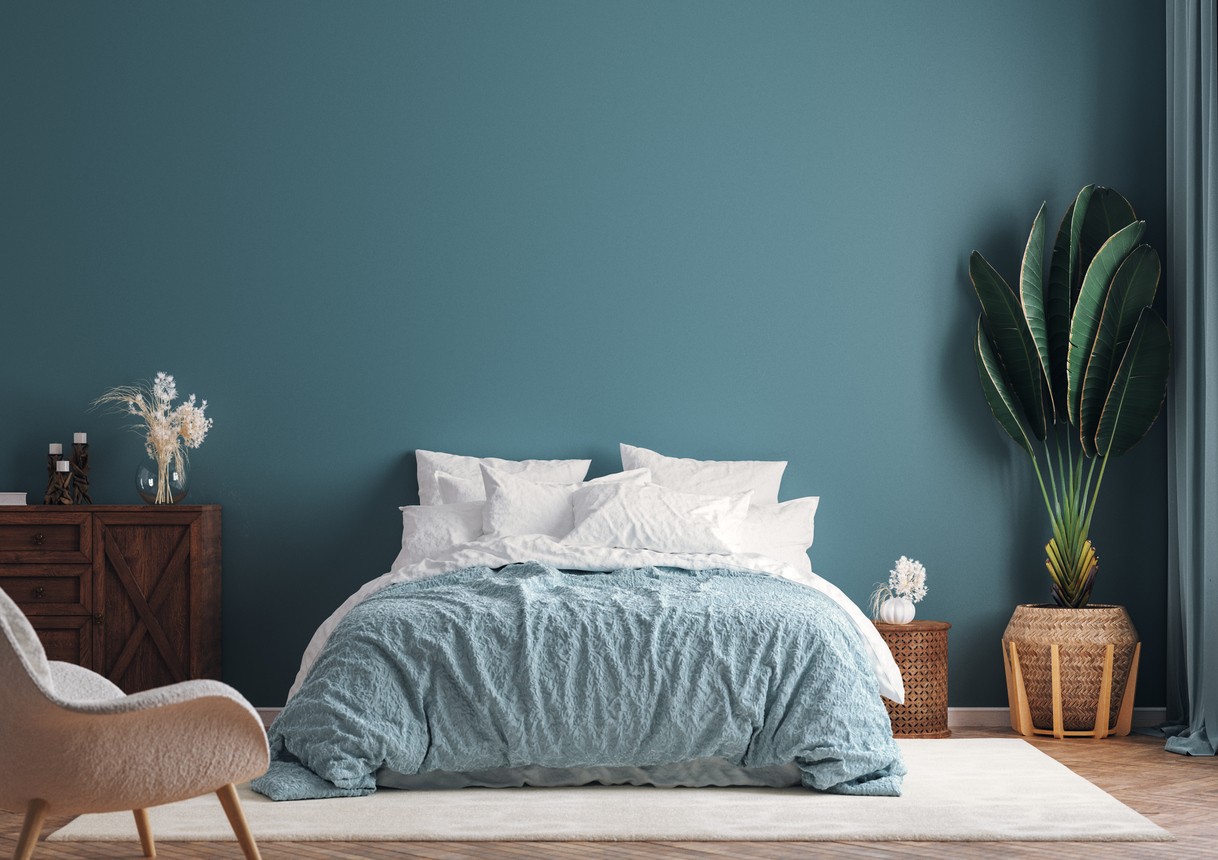
What do we feel when we can hear the lapping waves on the coast or the gentle sound of a babbling brook? A feeling of relaxation and peace envelops us. Water is essential to life and is vital to the lush greenery and habitats we find comfort in. Seeing, touching, and hearing water all have benefits.
The simplest benefit of water is drinking it. Fresh clean water is a necessity for health and well-being. A lack of water can dehydrate you, making you feel tired and dizzy and prone to headaches.
Ensure your water is filtered and is easily accessible. I find that having water filtering jugs visible in the kitchen and dining room reminds me to drink my quota for the day.
It’s also important for us to recognize the importance of using water sensibly. The bathroom is the main source of wasted water in our homes and the easiest place to try to conserve it.

Try to have shorter showers and if you tend to lose track of time, use a timer to help you. Baths do not have to be full, try using less water, even 3 cm less water can make a saving of 5 litres!
The Blue Space Theory suggests humans prefer environments that contain water (built or natural), and they have a positive effect on us, feeling more restorative than those environments without the presence of water. You may want to install a water feature in the garden like a bird pond. This can create a focal point, attract wildlife and observing this activity can reduce stress levels and allow for an opportunity to connect with nature.
Do you know why dentists‘ waiting rooms very often have fish tanks in them? Research has shown that time spent by a fish tank can lower heart rate and blood pressure and the hypnotic quality of the fish swimming around can reduce pain. Adding an aquarium in the home environment can be very beneficial. Watching the movement of the fish before sleeping can relax and soothe us before bed.
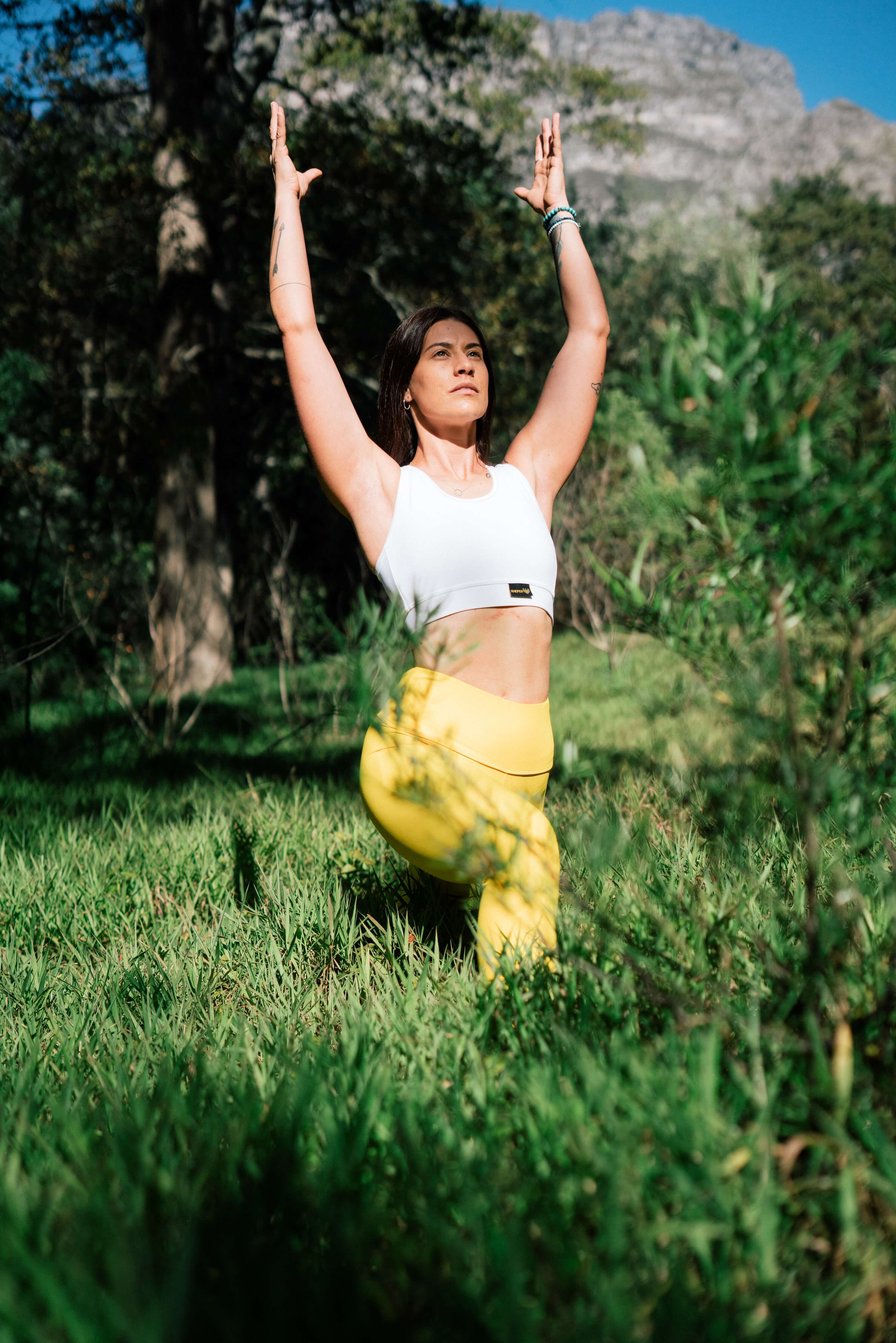
Breathing fresh air instantly makes us feel better, inhaling it deep into our lungs. However, we do have to be careful about the quality of the air we breathe in.
Regular checking of the air quality on an app is advisable before we let the kids play outside and before we open the windows at home. Once you know the air quality is good, opening your windows provides a multisensory experience with a variability in airflow, temperature, and light whilst inviting the sounds of nature to come indoors. This helps to create an airflow through your home helping to flush out any stale and stagnant air, balancing the moisture levels and therefore helping the occupants in the house feel alert and energized. Free-standing air filters can be moved around the house, helping to filter the air from any household odors. Most units do this by using a high-efficiency particulate air (HEPA) filter.
Urbanized life now involves most of our exercise taking place in the gym but there are more health benefits to exercising outdoors. The Japanese call this shinrin-yoku or forest bathing and value it highly. Exercising outdoors is an altogether more mindful experience, where you welcome the cool, fresh air as you work out and as you rest you may notice the birds in the sky and the rustling of the leaves in the breeze.

Colour has an important role to play in how we feel from the calming, relaxing end of the spectrum to energizing and stimulating. The Ecological Valence Theory states that we have seek colours that are reminiscent of nature when it is thriving.
We can then use this theory to design rooms in our home according to the way we wish to feel – for example a more social room like the kitchen would be more suited if its yellow as it conveys a happy and welcoming feeling and a bedroom, which you would like to be calming and relaxing, could be designed in blue tones. And colour goes much further than just painting the walls, layering of shades is possible through furniture, fabrics, flooring, and artwork.
Pops of colour can be added to a room by using a complimentary color opposite in the color wheel for a warm/cool combination. For example, in a blue room, you can consider bringing in small amount of yellow as contrast.

Plants are crucial to the biophilic design approach. Greenery helps to purify the air and relieve our daily stresses while providing great visual appeal. They give us immediate sensory engagement and rejuvenate us bit by bit.
Small changes such as adding cut flowers on the dining table to window planters in the kitchen windowsill go a long way in enhancing our mood and overall feelings of happiness. Adding a tabletop plant on a study table can instantly increase our productivity and makes us feel happy and motivated about the work we are doing. In recent years, there has been an increase in the installation of living green walls in homes as well as offices for these reasons.
Plants have different characteristics and properties and are hence suited to certain rooms in the house. Lavender is widely known for the therapeutic qualities. Not only does Lavender bring a touch of colour to the room but smelling lavender right before bed will help you fall into a deeper more restful sleep. Snake plants are a popular bedroom plant.They release oxygen at night, helping us sleep well and wake up feeling refreshed. Orchids are well suited to bathrooms, being native to tropical climates, they will thrive in the moist conditions.
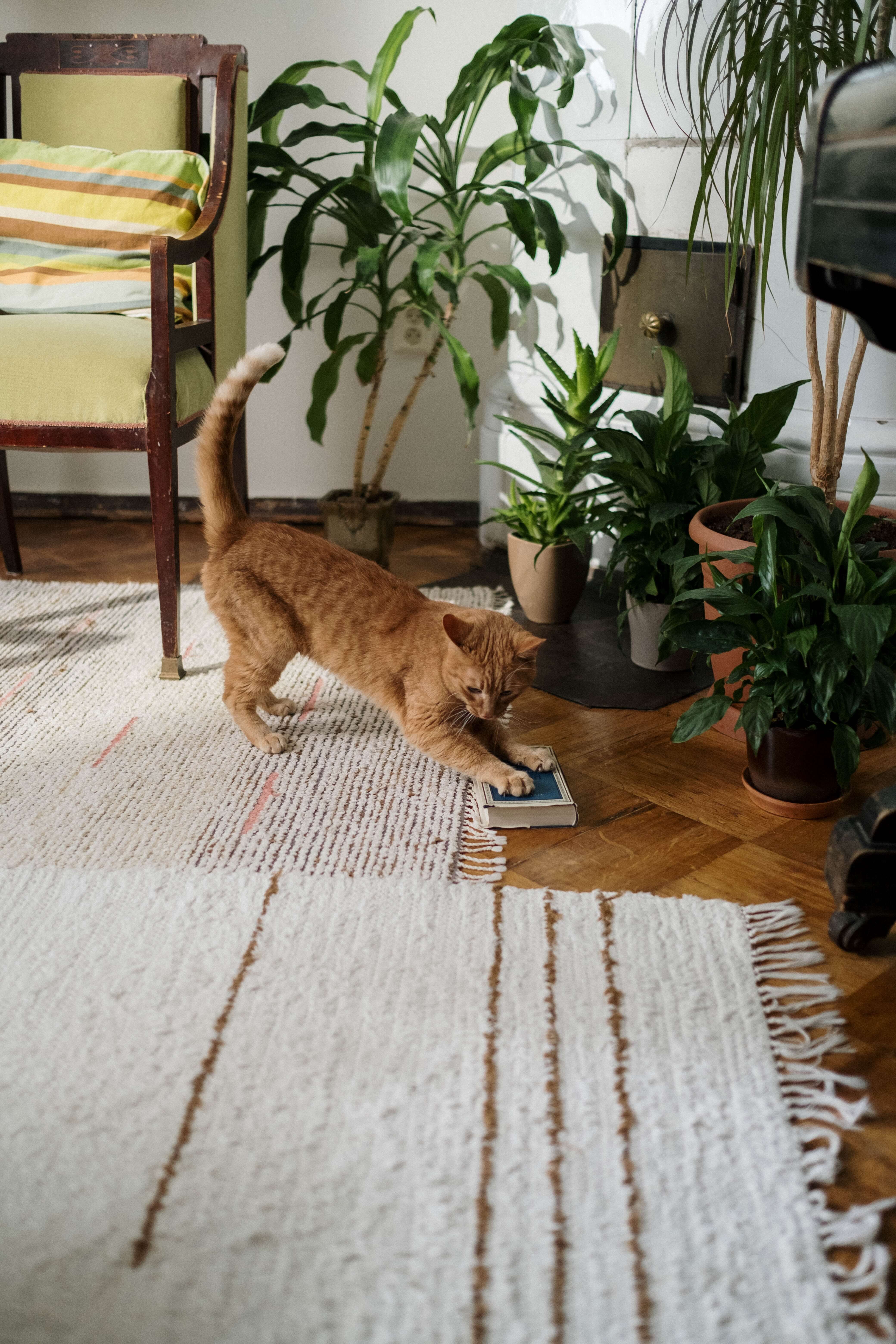
Plants that work well in a study at home are cacti and succulents. They need little maintenance and make the space more engaging, therefore increasing productivity. Living rooms with a lot of light are well suited to rubber plants. The rubber plant is a visual delight with its gorgeous, leathery almost maroon leaves. They are also great in removing formaldehyde from the air. If your room is limited in natural light, pothos is a good choice. It hangs beautifully from a shelf, thrives in low light, and removes indoor air toxins efficiently.
Herbs are a great addition in the kitchen, not only for the visual richness and texture they add to the room but as a vital ingredient in delicious, nutritious meals.
Gardening is a great activity to get all the family involved in for a variety of reasons. Growing your own food can add variety to your diet, maybe you are able to grow items you cannot find in local supermarkets and the process of growing something yourself can be extremely rewarding and fulfilling. In addition, exposure to soil has health benefits too. The bacteria mycobacterium vaccae found in soil is known to be anti-inflammatory and can reduce stress too. Touching the soil with your hands is your connection with nature and can be extremely therapeutic for your mind and body.
Arranging your indoor seating so you have a good view of outdoor greenery and foliage from inside is demonstrative of the Prospect-Refuge Theory. This theory suggests that we have an inborne desire for perspective so we can observe things without being seen by others. We feel safe in this scenario and can engage in relaxing activities like reading or just observing nature.
As we forge ahead in our busy lives, trying to accomplish goals and dreams for ourselves and our children, we need to be mindful of the important things – our health and our responsibility to this planet. It is so easy to focus on the other stuff, but we have a commitment to ourselves to be our best, mind and body. And to do our best for the place we live in. Both need to be nurtured, nourished, and maintained.